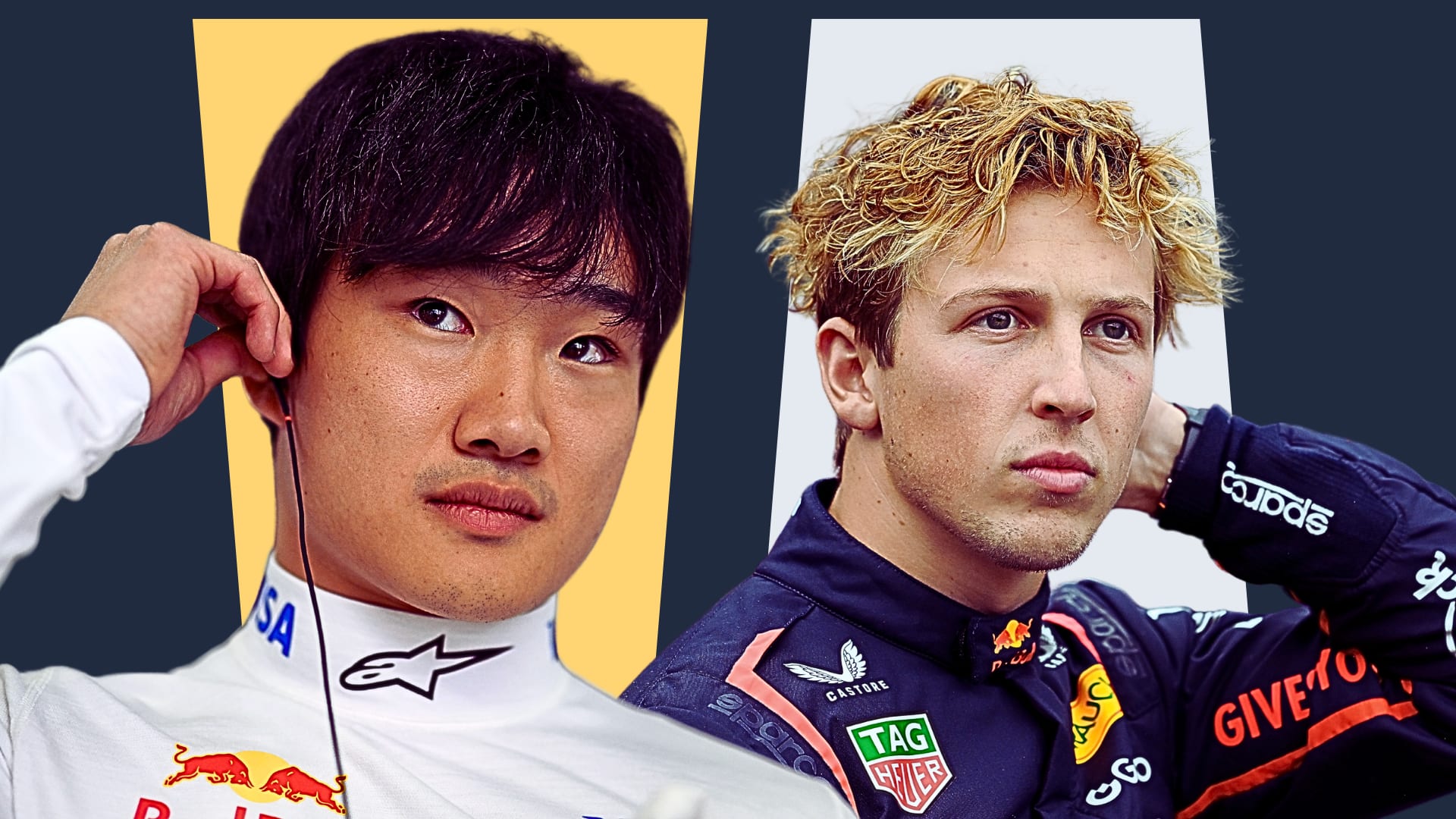Four-wheel drive, four-wheel steering, a closed cockpit, active LED lighting and a huge power-to-weight ratio – this radical machine is Renault’s striking vision for the F1 car of the future.
1 / 7
Unveiled at the Shanghai motor show to demonstrate Renault’s long-term commitment to Formula 1, the R.S.2027 concept was designed to showcase how F1 cars could look in 10 years’ time.
Renault’s philosophy for the project was to design a machine that puts the driver ‘back at the heart of the sport’ whilst also highlighting the path where technology transfers from racing to road cars.
To that end, the 600kg car would be powered by a small internal combustion engine - but boosted by a battery system almost five times as powerful as those currently used in F1, it would produce around 1,340bhp for a hitherto unheard of power-to-weight ratio.
In addition to four-wheel drive and four-wheel steering, the R.S.2027 would also feature a range of ‘active’ elements, including active aerodynamics (to reduce energy waste due to drag at high speeds), active LED lighting (incorporated into the wheels to display a range of information, including the driver’s position), and active suspension (which would replace more complex system and could be used to recover lost energy).
On the safety front, the polycarbonate closed canopy would provide protection whilst allowing the driver to be visible to fans, while two titanium ‘pop-up’ roll-over bars would emerge from their unobtrusive locations in milliseconds should the car overturn.
A number of autonomous functions, such as the driver relinquishing control under safety car conditions, have also been built in for safety.
Renault are by no means the first team to unveil a futuristic F1 concept car. In 2015 McLaren released images of the MP4-X, while in 2010 Red Bull showcased the Adrian Newey-designed, F1-inspired X1 prototype.
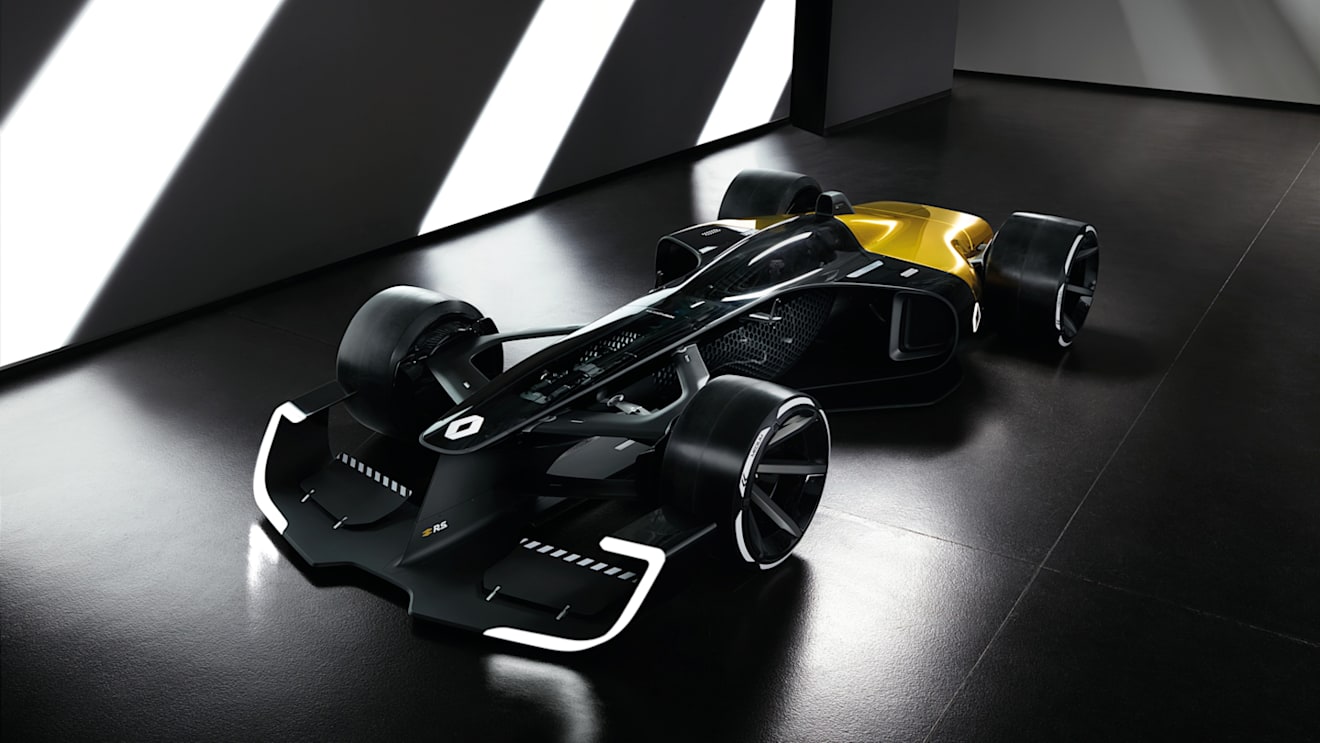
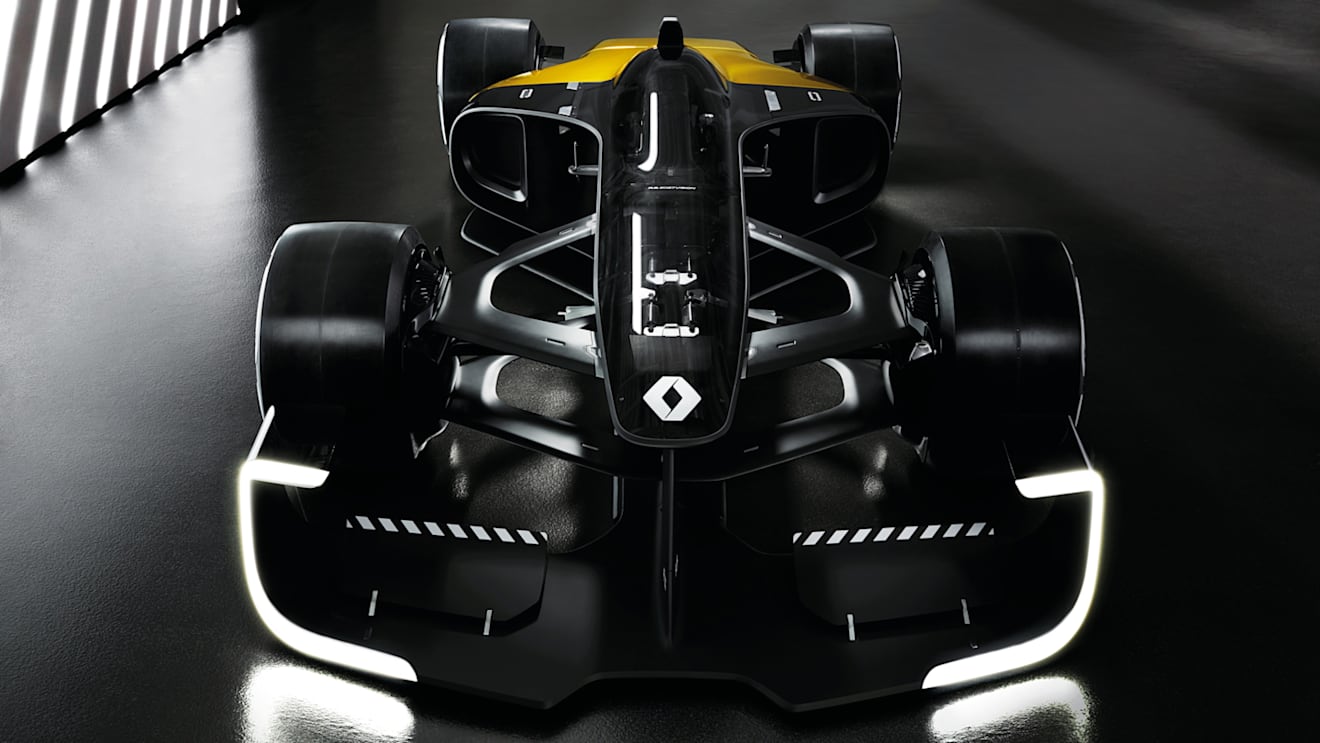
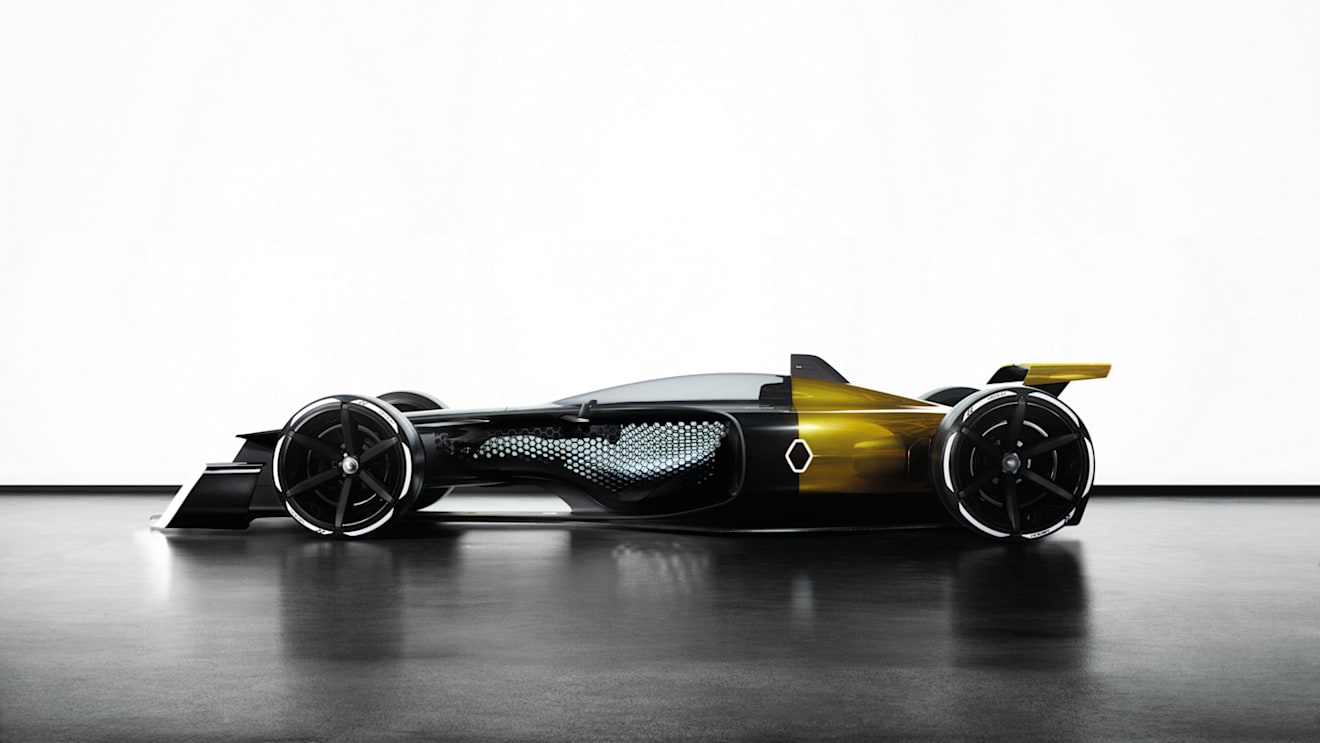
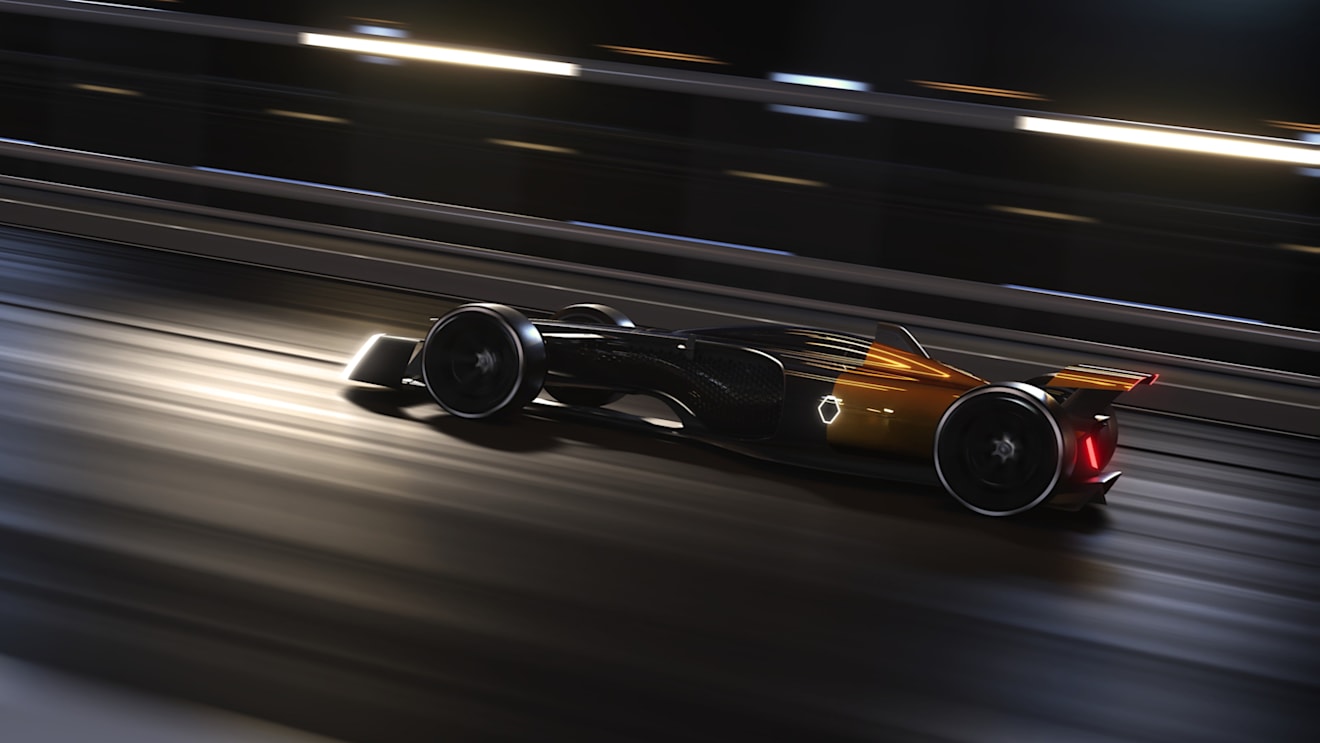
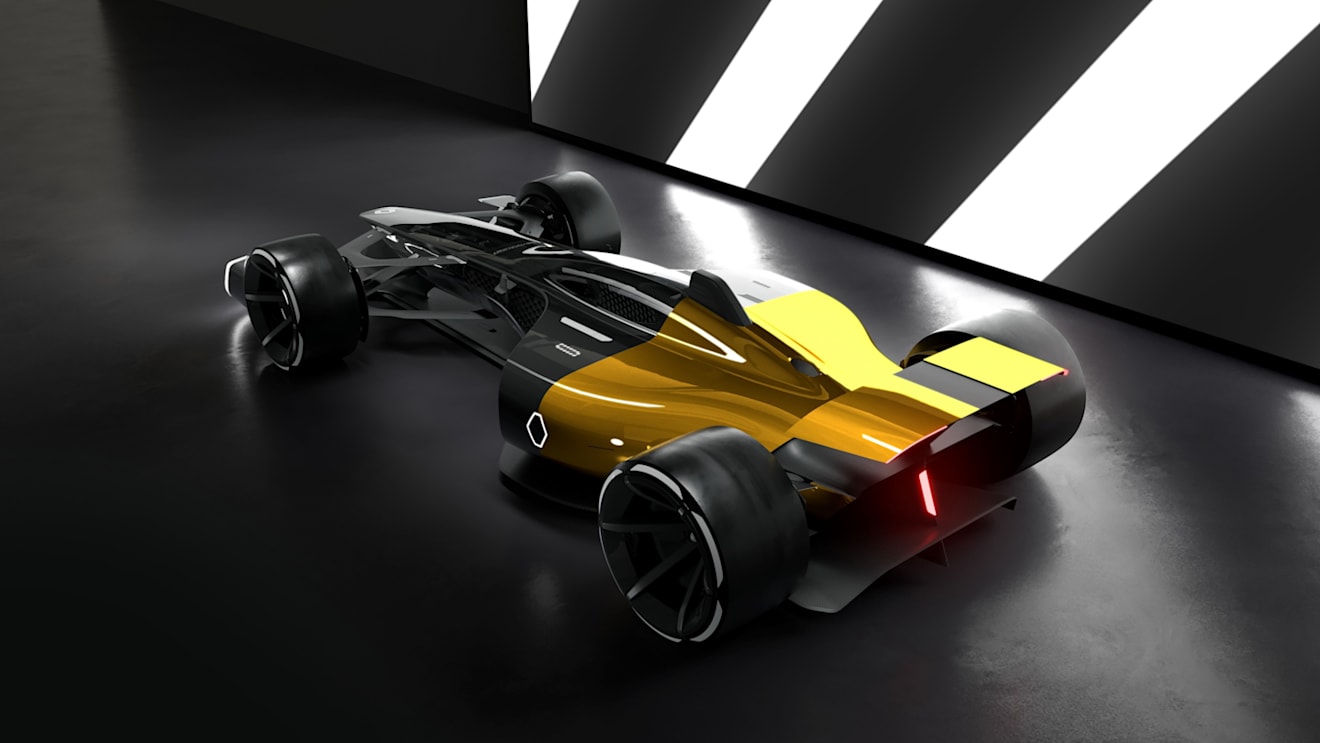
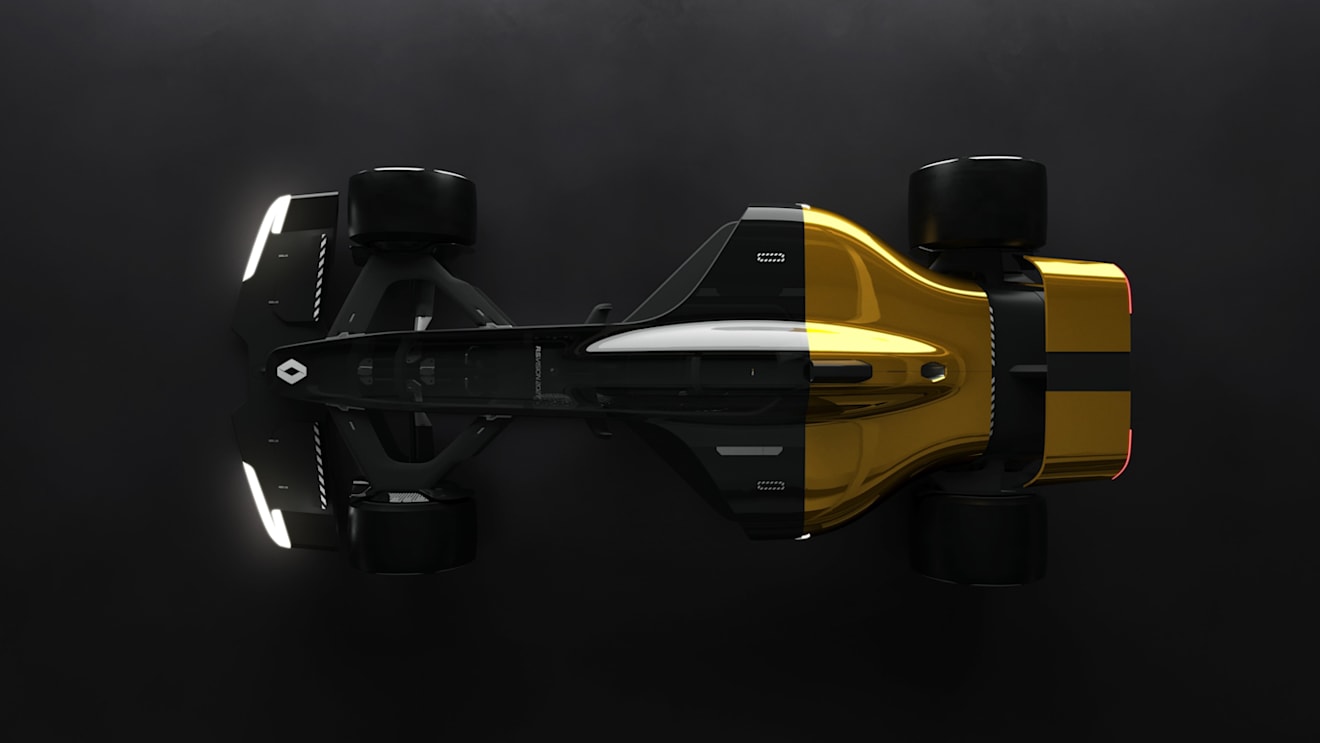
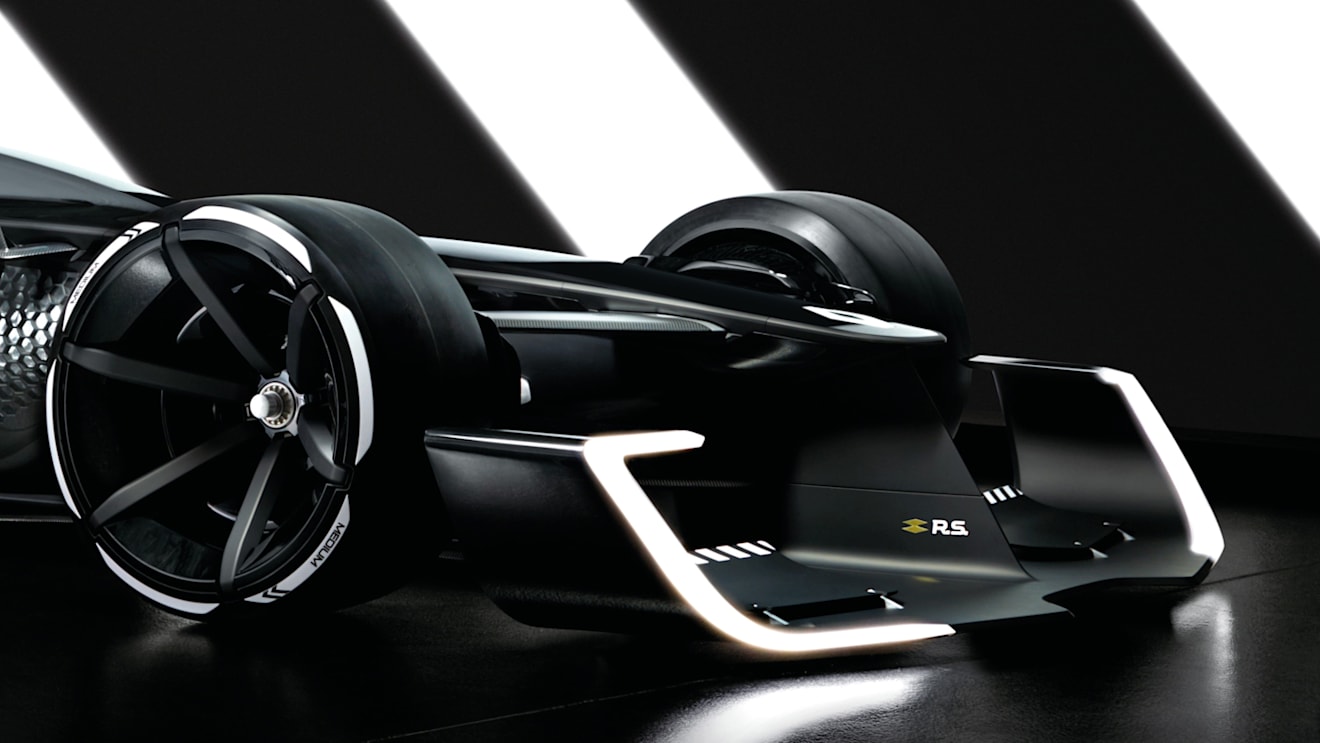


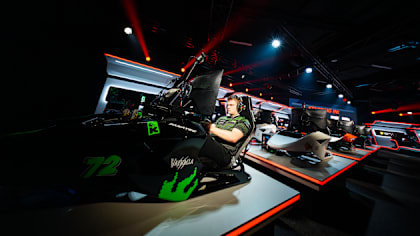
/EAS_F1_25_ICONIC_ED_3840x2160_StandingPose%20(1))
